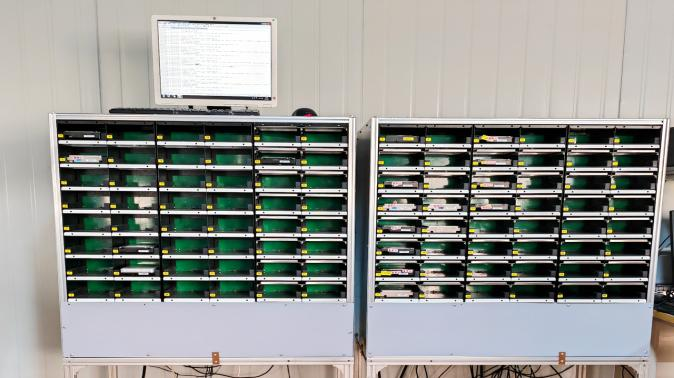Sizing a new chain is a critical task in various industries, including manufacturing, automotive, and construction. A properly sized chain ensures optimal performance, longevity, and safety. In this comprehensive guide, we will delve into the intricacies of sizing a new chain, exploring the key factors, methods, and considerations to achieve accurate and efficient results.
- Understanding Chain Sizing:
1.1 Chain Pitch: Explaining the concept of chain pitch, its significance, and how it affects sizing.
1.2 Roller Diameter: Highlighting the roller diameter's role in chain sizing and its impact on load capacity and wear resistance.
1.3 Link Plate Thickness: Discussing the importance of link plate thickness in determining chain strength and compatibility with sprockets.
1.4 Determining the Number of Links: Exploring methods to calculate the required number of links based on the application's specific requirements. - Factors Influencing Chain Sizing:
2.1 Load Capacity: Analyzing the impact of load capacity on chain sizing and the importance of considering dynamic and shock loads.
2.2 Speed and RPM: Discussing the relationship between chain speed, revolutions per minute (RPM), and chain sizing to ensure optimal performance.
2.3 Environmental Factors: Addressing the effects of temperature, humidity, corrosion, and other environmental factors on chain sizing and material selection.
2.4 Lubrication Requirements: Highlighting the significance of proper lubrication in chain sizing and maintenance for reducing wear and extending chain life. - Chain Sizing Methods:
3.1 Manufacturer's Guidelines: Exploring the importance of consulting manufacturer guidelines for specific chain sizing recommendations.
3.2 Calculation Methods: Introducing mathematical formulas and equations to calculate chain size based on pitch, roller diameter, and other relevant parameters.
3.3 Computer-Aided Design (CAD) Tools: Discussing the benefits of utilizing CAD software for precise chain sizing and visual representation of the system. - Practical Considerations:
4.1 Chain Tension: Explaining the significance of proper chain tensioning and its impact on chain sizing, performance, and safety.
4.2 Maintenance and Inspection: Providing guidelines for regular chain inspection, lubrication, and maintenance to ensure optimal performance and prevent premature failure.
4.3 Safety Factors: Discussing the importance of incorporating safety factors in chain sizing to account for unforeseen loads and potential system failures.
4.4 Chain Material Selection: Evaluating different chain materials, their properties, and considerations for selecting the most suitable material for specific applications.
Conclusion:
Sizing a new chain is a complex process that requires a deep understanding of various factors and considerations. By following the guidelines and methods outlined in this comprehensive guide, professionals across industries can confidently size new chains accurately, ensuring optimal performance, longevity, and safety in their applications. Remember, proper chain sizing is the key to unlocking the full potential of your machinery and systems.




